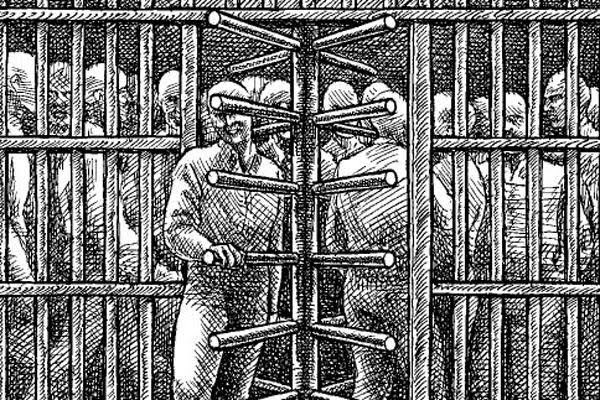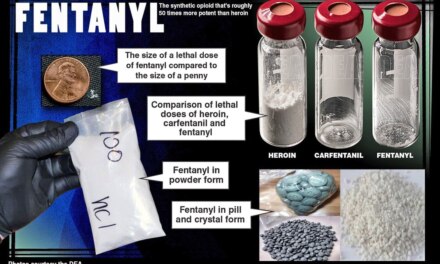This link is to a New York Times piece by a freelance writer who regularly covers criminal justice:
On Parole, Staying Free Means Staying Clean and Sober
Indeed it does – at least, in the sense of coming up clean on random urine and breath tests. Those are not perfect indicators, of course, as anyone who has successfully cheated on one already knows. But at present, it’s the best available evidence, and judges will accept it.
The criminal justice system is preoccupied with recidivism. Too many offenders, released from incarceration, return at some point, if not for a new offense, for violating the terms of release around an older one. It encourages a revolving door and that’s a source of frustration for police, prosecutors, judges, jail staff, and the taxpayers.
Offenders aren’t any too pleased, either.
There are obvious downsides to locking people up if alternatives are available.
- Incarceration is costly– $100 a day or more in many areas.
- It creates a hardship for families and dependents, who can find themselves struggling without the income from a working parent. Jailing a nonviolent offender is often said to be more punishment for the offender’s family than for the offender. That includes missed child support payments.
- Nonviolent offenders, it’s argued, take up valuable bed space that could be used to house violent offenders. When we read about someone released from jail prematurely, this is sometimes the reason. They needed the bed.
That means there are natural incentives to find other options instead of incarceration. The Times article describes one, a New Jersey project titled ‘Swift, Certain, and Fair’. It makes use of a blended team of monitors, counselors, and peer support workers, resembling a ‘wraparound’ model rather than the traditional PO overloaded with cases. Team approaches such as this can produce superior outcomes that easily offset their cost.
There’s a saying: if you want something done quickly, assign it to an individual. If you want something done well, assign it to a group.
About imposing consequences, a principal role of the Courts: the key is to be prompt. Delays, often built into the criminal justice system, significantly reduce the impact of punishment. And the severity of the punishment turns out to be less important than simply getting it done in a timely fashion.
I read about a case in Minnesota where the offender, a former police officer, was finally sentenced to a prison term. Six years after the crime.
When it comes to evaluating the effectiveness of alternative programs, things can get tricky. Even recidivists may have made substantial tangible gains from participation in the alternative program. Productive employment, education, family stability and support, access to health care (including mental health), along with significant reduction in criminal activity. Nonetheless, they still show up as ‘failures’ on outcome reports that focus only on return to incarceration. Expand them to include other, broader measures, and the results suddenly look a whole lot better than sitting in a jail cell.
And that translates to money saved for the public purse. Funds that could be used elsewhere for other needs — just ask an economist.
So don’t forget, if you’re trying to win a grant or seek funding for an alternative program, make sure to ask how they plan to keep score.
Let’s face it: there will always be opposition from those who believe that incarceration is the only correct solution, regardless of evidence to the contrary. If we allow them to dictate terms, results are likely to turn out in favor of their biases.
Funny how that happens.












